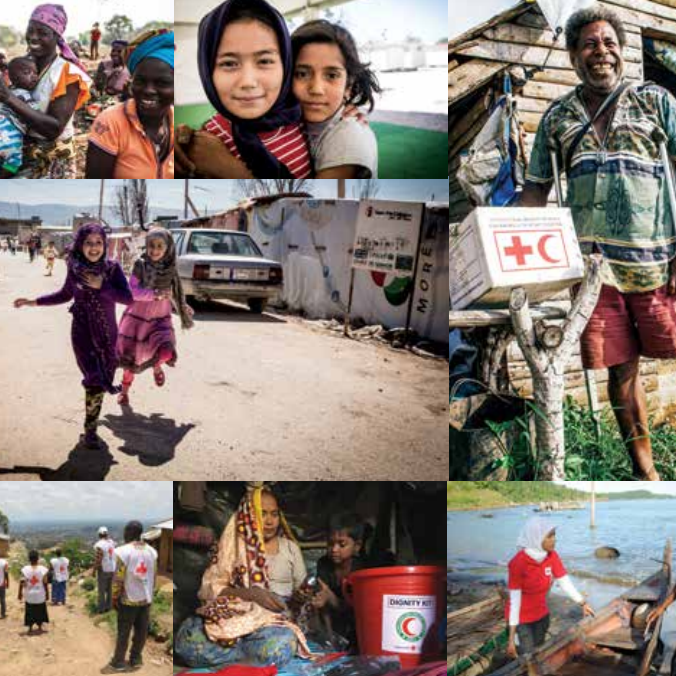Disability Inclusive Disaster Preparedness
Disasters disproportionately impact persons with disabilities, leaving them more vulnerable to harm, loss, and disruption. Ensuring disability inclusive disaster preparedness and risk reduction (DRR) efforts is crucial to minimize these disproportionate effects and enhance the overall resilience of this group. emergencies. Investing in business preparedness and emergency planning saves valuable time when a disaster strikes.
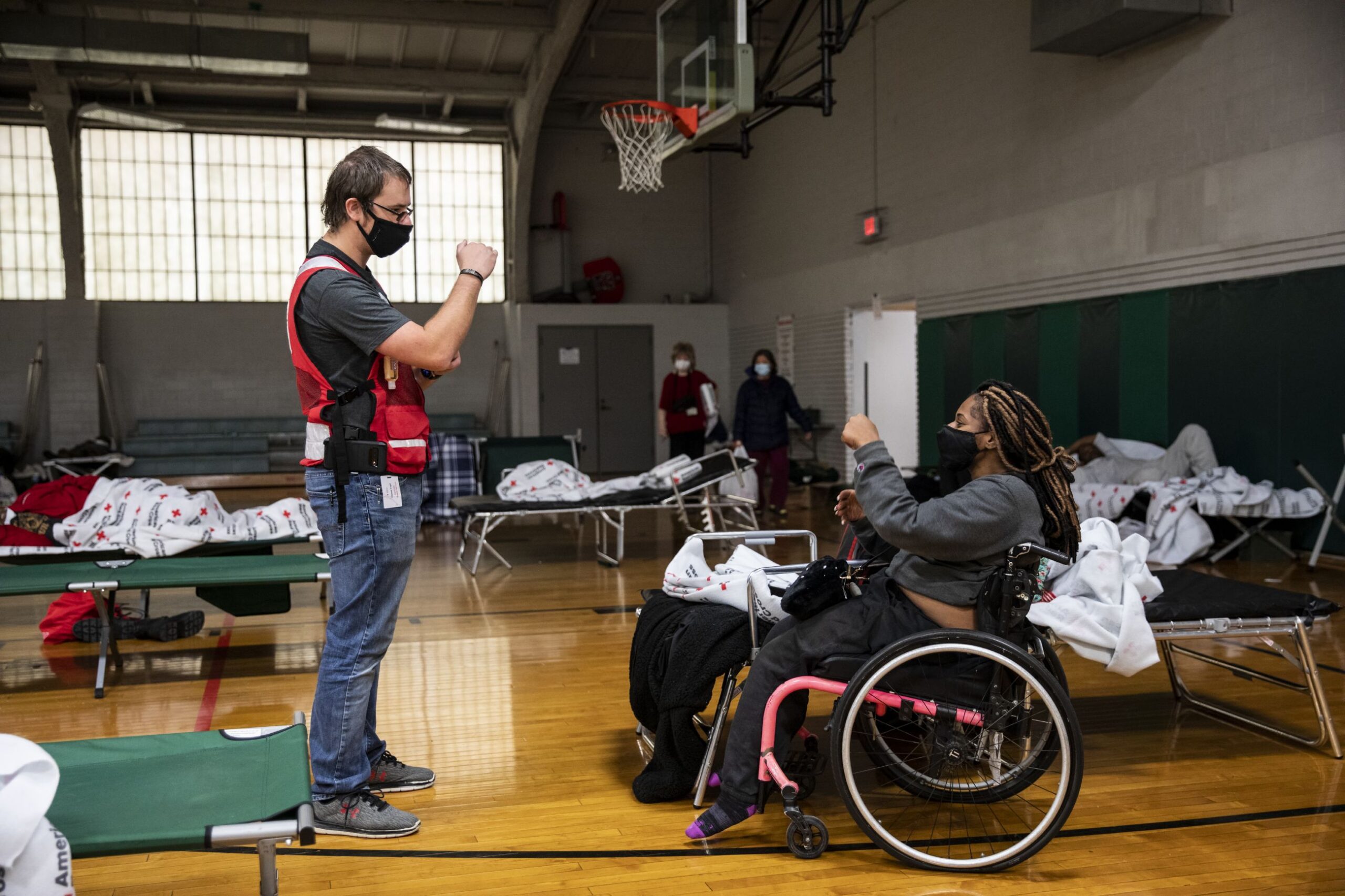
The Importance of Disability Inclusive Disaster Preparedness
Persons with disabilities make up 16% of the global population as of 2023, with 80% residing in the Global South. Evidence shows that they are more vulnerable to disasters, with mortality rates two to four times higher than that of non-disabled populations. Persons with disabilities are disproportionately affected in disaster, emergency, and conflict situations due to inaccessible evacuation, response (including shelters, camps, and food distribution), and recovery efforts.
The intersectionality of poverty and disability further exacerbates vulnerability, as individuals living in poverty are more likely to have a disability, and vice versa. This vicious cycle underscores the necessity of disability-inclusive Disaster Risk Management (DRM) strategies that proactively address the distinct needs, barriers, and disproportionate impacts faced by persons with disabilities.
Disability Inclusive Disaster Risk Reduction (DIDRR) is understood as the process of reducing barriers and strengthening enabling actions to ensure meaningful engagement of persons with disabilities in community-based disaster risk reduction (CBDRR) programs, making them more visible and prioritized in disaster mitigation, preparedness, response and recovery initiatives and to ensure all these levels are inclusive of persons with disability.
The Sendai Framework for Disaster Risk Reduction 2015–2030 and the 2030 Agenda for Sustainable Development explicitly emphasize the importance of including and empowering persons with disabilities in all disaster risk reduction policies, practices, and decision-making processes, recognizing them as critical stakeholders.
Challenges in Disability Inclusive Disaster Preparedness
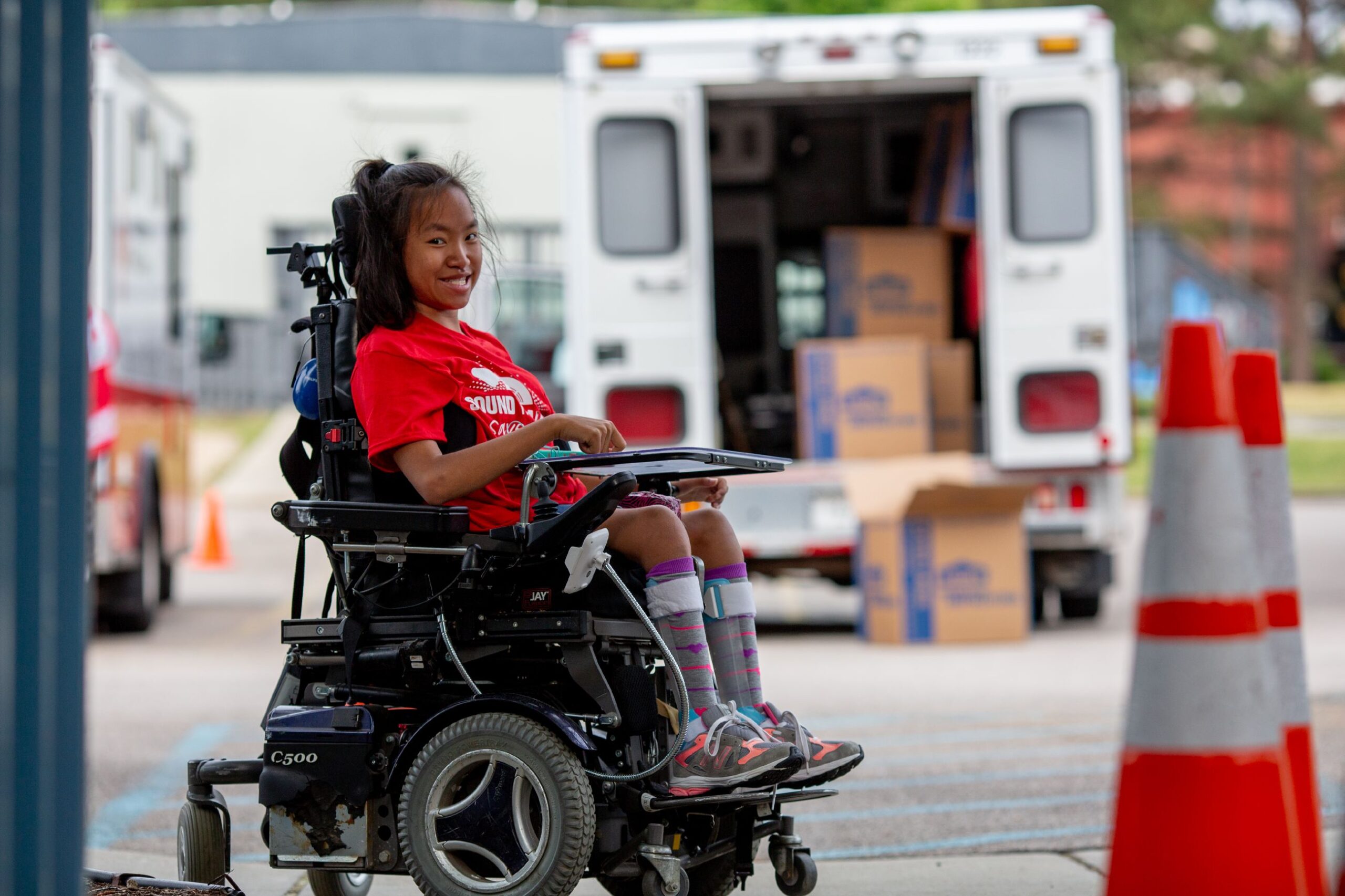
Despite global commitments, the recent Global Survey on Persons with Disabilities and Disasters highlights the limited advancement in disability inclusion in DRR over the past decade, with no significant regional differences. The key findings of the Global Survey paint a concerning picture:
- 84% of persons with disabilities reported not having a personal preparedness plan for disasters, a decline from the 2013 survey.
- While adequate early warning enables persons with disabilities to evacuate with fewer difficulties, 17% would still face a lot of difficulties evacuating and 6% would be unable to evacuate, even with sufficient advance warning.
- 56% reported a lack of awareness or access to disaster risk information in accessible formats within their communities. Only 11% reported being aware of disaster risk reduction plans at the national level, and 14% at the subnational level.
- 86% of persons with disabilities reported no participation in community-level DRR decision-making and planning, although 57% indicated a willingness to participate.
Key persistent challenges in disability inclusive disaster preparedness include:
Persons with disabilities often encounter significant barriers in accessing crucial information and resources about risks they face. They frequently lack access to early warning systems and disaster preparedness programs, which increases their vulnerability during emergencies.
Evacuation plans often overlook individuals with functional limitations. Those with sensory disabilities may struggle to evacuate safely due to inadequate warning systems. Transportation for evacuation is frequently inaccessible to wheelchair users, separating them from vital assistive devices and support.
Many preparedness and risk reduction efforts do not adequately account for the needs, rights, and perspectives of persons with disabilities. Risk analyses often fail to consider the existing social exclusion of persons with disabilities, which can be exacerbated during emergencies, leading to diminished resilience and disproportionately negative outcomes.
Emergency preparedness plans also frequently lack input from persons with disabilities, hampering their ability to evacuate effectively or access shelters and response initiatives. First responders often lack training and tools to respond appropriately to the specific needs of persons with disabilities.
The absence of unified national registries or systematic data disaggregation limits the leverage of national information systems related to disability-inclusive DRR, indicating a need for improved data collection mechanisms.
Transparent discussions within households and community socialization activities are necessary to ensure equitable distribution of assistance, with a focus on addressing the needs of persons with disabilities. Partnering with disabled persons' organizations (DPOs) and specialist organizations is essential for accessing expertise, ensuring inclusive planning, and providing necessary support during emergencies.
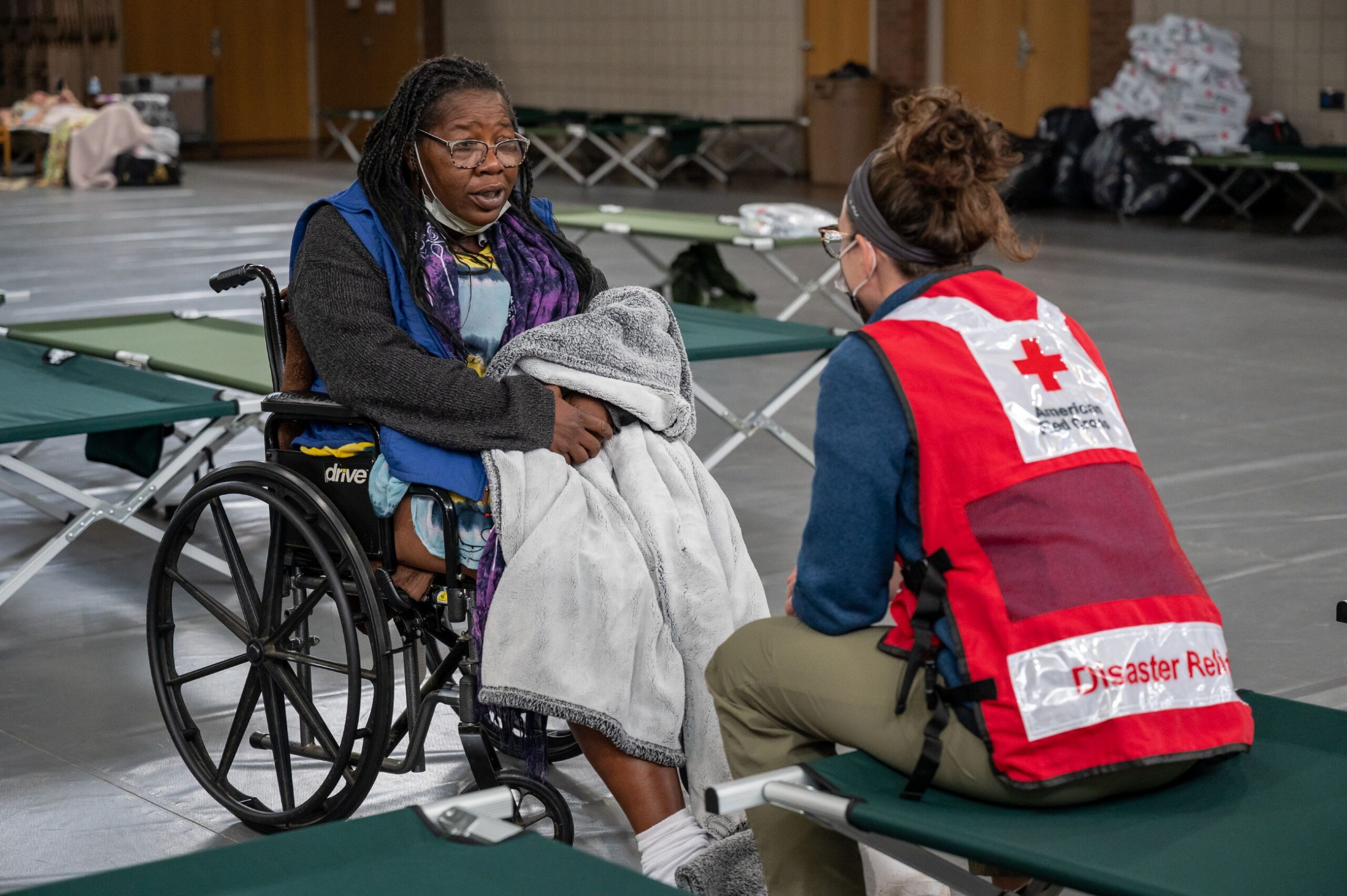
Mainstreaming Disability Inclusion in Disaster Preparedness
Ensuring the full participation of persons with disabilities in disaster preparedness and risk reduction efforts is crucial. Governments, humanitarian organizations, and civil society must play a central role in mainstream disability inclusion and enhancing the resilience of this vulnerable group. To achieve this, a comprehensive approach encompassing the following key steps is recommended:
Address underlying risk factors and vulnerabilities among persons with disabilities by considering sociocultural and humanitarian contexts when mainstreaming disability inclusion in disaster risk reduction.
Establish mechanisms for formalizing commitments to Disability-Inclusive Disaster Risk Reduction (DiDRR) through collaboration between governments, organizations of people with disabilities, NGOs, UN agencies, donors, and other key stakeholders.
Create clear guidelines for Member States to adopt disability-inclusive disaster risk reduction at the national level to ensure systematic resource allocation and effective inclusion.
Enable the meaningful participation of persons with disabilities in disaster risk reduction by establishing accessible communication channels, consultation platforms, and tailored support for active engagement.
Focus on improving disability data collection in disaster risk reduction by reducing cultural stigma, securing resources, building capacity, involving organizations of people with disabilities, and enhancing coordination among stakeholders for reliable data collection and exchange.
Make meaningful investments in organizations of people with disabilities at all levels to enhance their capacities in disaster risk reduction efforts.
Integrate disability inclusion into all pillars of initiatives like Early Warnings For All (EW4All) while closely working with persons with disabilities and their representative organizations at various levels.
Minimum standards for protection, gender and inclusion in emergencies
This guidance sets minimum standards for emergency programs by the Red Cross Red Crescent to ensure dignity, accessibility, and safety for all affected by disasters. The standards promote practical approaches to engage diverse community members and address their distinct needs effectively.
The Role of Red Cross Red Crescent in Disability-Inclusive Disaster Preparedness
In emergency situations, ensuring the rights and needs of persons with disabilities are met is paramount. National Societies should collaborate with authorities to develop inclusive preparedness plans, ensuring that persons with disabilities and disabled people's organizations (DPOs) play a key role across all aspects of disaster preparedness.
Disability awareness in preparedness planning
National Red Cross and Red Crescent Societies hold pivotal roles in national preparedness and contingency planning. However, disabled people's organizations (DPOs) are often excluded from these processes, despite representing individuals among the most vulnerable during emergencies. To enhance disability awareness, organizations must:
- Map existing networks and DPOs working for persons with disabilities in their areas, supporting their involvement in community planning activities.
- Coordinate across different sectors to avoid mixed messages and establish clear responsibilities in emergencies.
- Review existing plans with national authorities and disability stakeholders, ensuring shelter and settlement preparedness adequately addresses the needs of persons with disabilities.
- Identify national laws or guidelines for accessible design, establishing inclusive practices within disaster preparedness frameworks.
Inclusion in VCA, PASSA and other participatory assessment tools
Participatory assessment planning approaches, such as Enhanced Vulnerability Capacity Analysis (EVCA) and Participatory Approach to Safe Shelter Awareness (PASSA), must actively involve persons with disabilities from the outset. Training initiatives should incorporate disability issues, providing clear, accessible messages and understanding the social status of persons with disabilities in communities.
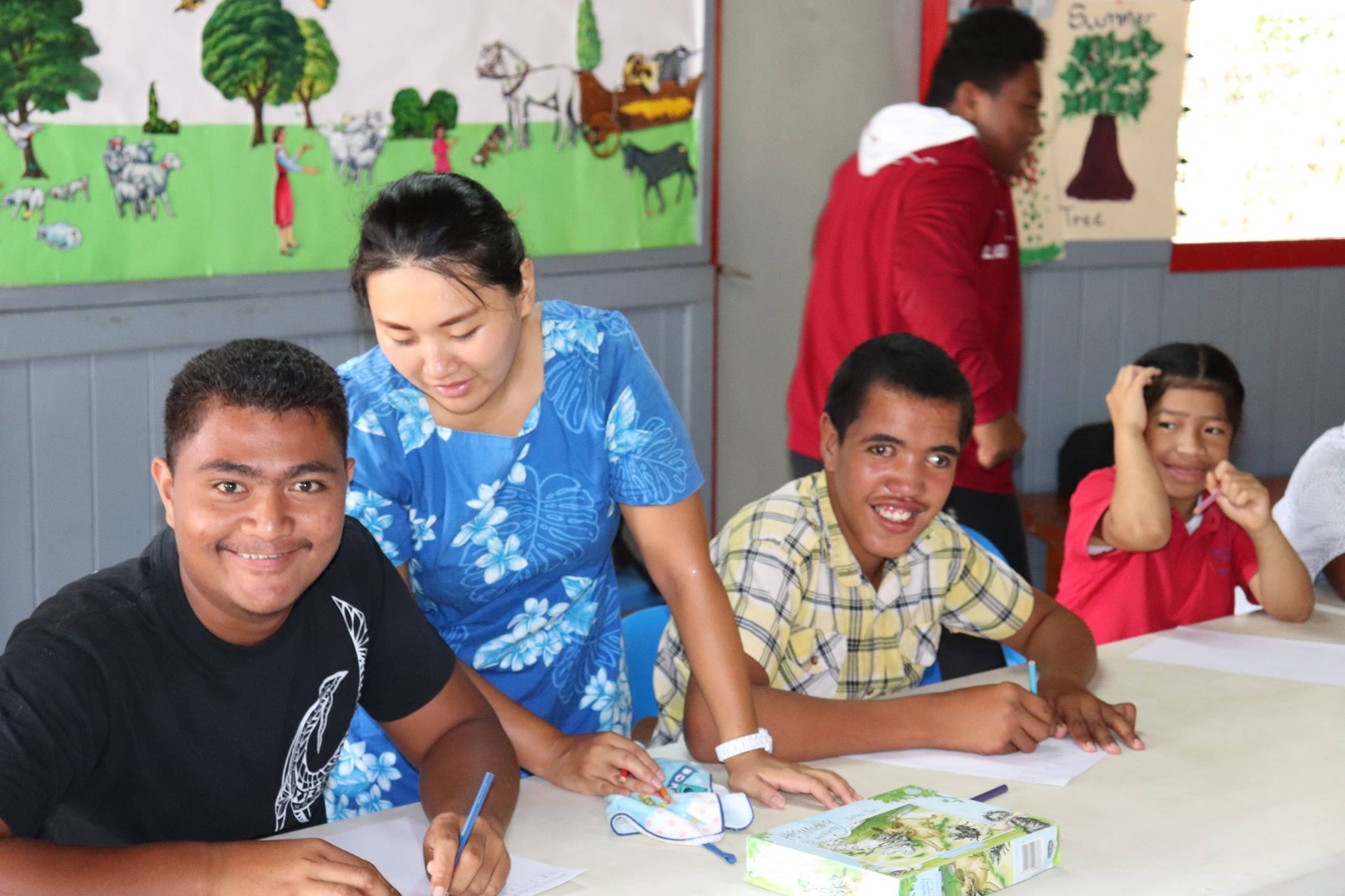
Targeted early warning systems and evacuation
All procedures a National Society plans to use to activate a response, including early warning systems, should be accessible for persons with different types of disabilities. An inclusive early warning system will consider the diverse communication needs and capacities of persons with disabilities to act on early warning messages.
Accessible emergency evacuation shelters
Inaccessible shelters put persons with disabilities' rights to protection, dignity, and assistance at risk. Emergency shelters, whether purpose-built structures or converted schools or community centers, must adhere to accessibility guidelines. Accessibility of public buildings is not only a preparedness measure but also a requirement under Article 9 of the United Nations Convention on the Rights of Persons with Disabilities.

